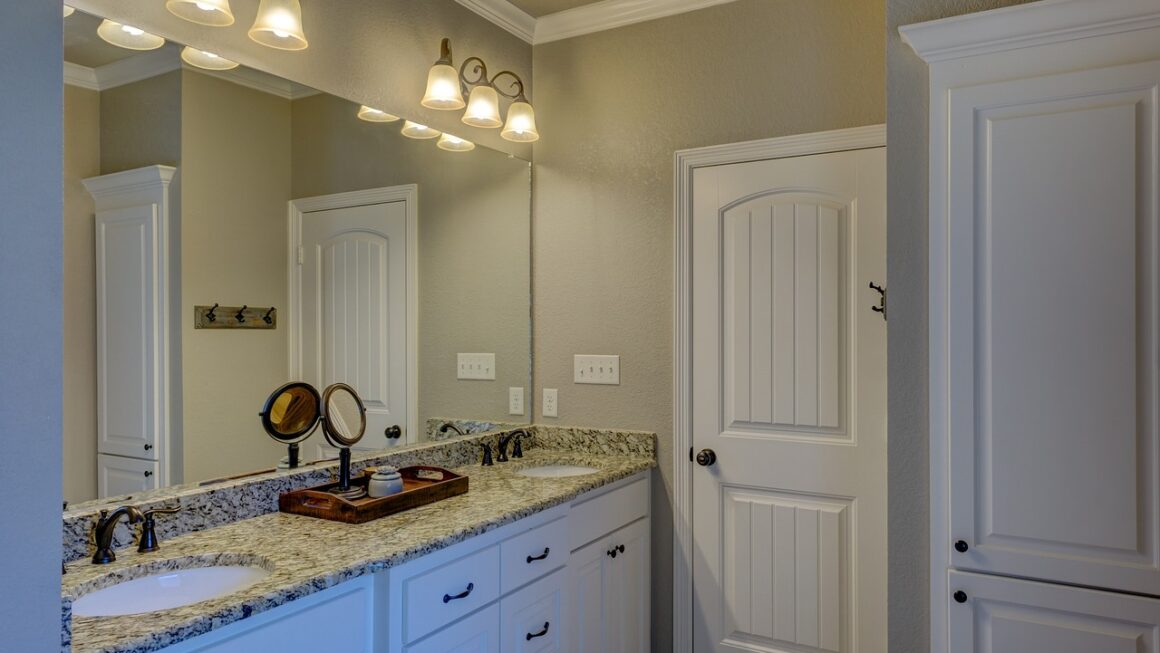Imagine waking up to a perfectly warmed home, the aroma of freshly brewed coffee filling the air, and your favorite music playing softly in the background – all without lifting a finger. Home automation, once a futuristic fantasy, is now a readily accessible reality, offering unparalleled convenience, security, and energy efficiency. In this guide, we’ll delve into the world of smart home technology, exploring its benefits, components, and how to create a connected home that perfectly suits your needs.
What is a Home Automation System?
Defining Home Automation
Home automation, also known as smart home technology, involves the use of internet-connected devices to remotely monitor and manage appliances and systems in your home. These devices can be controlled via a smartphone app, voice commands, or automated schedules.
- Key components include: smart lighting, smart thermostats, smart locks, smart security systems, and smart appliances.
- Central Hub: Often, a central hub or smart home controller is used to connect and coordinate communication between these devices.
- Communication Protocols: Devices communicate using various protocols such as Wi-Fi, Bluetooth, Zigbee, and Z-Wave.
Benefits of Home Automation
Adopting a home automation system provides various benefits.
- Increased Convenience: Control your home’s functions from anywhere in the world.
- Improved Security: Monitor your home remotely with smart cameras and sensors.
- Energy Efficiency: Optimize energy consumption with smart thermostats and lighting controls. A study by the U.S. Department of Energy found that smart thermostats can save homeowners up to 15% on their heating and cooling costs.
- Enhanced Comfort: Create personalized home environments tailored to your preferences.
- Accessibility: Provides easier control of home functions for elderly or disabled individuals.
Key Components of a Smart Home
Smart Lighting
Smart lighting allows you to control your home’s lighting remotely, set schedules, and even change the color and intensity of your lights.
- Smart Bulbs: Replace traditional bulbs with smart bulbs that connect to your Wi-Fi network.
- Smart Switches: Control existing lighting fixtures with smart switches installed in your walls.
- Examples: Philips Hue, LIFX, TP-Link Kasa.
Smart Thermostats
Smart thermostats learn your heating and cooling preferences and automatically adjust the temperature to save energy and maintain comfort.
- Learning Thermostats: Devices like Nest learn your schedule and adjust the temperature accordingly.
- Remote Control: Adjust the thermostat from your smartphone, even when you’re away.
- Energy Reports: Track your energy usage and identify areas for improvement.
Smart Security Systems
Smart security systems provide comprehensive home protection with features like remote monitoring, motion detection, and automated alerts.
- Security Cameras: Monitor your property with indoor and outdoor cameras.
- Door and Window Sensors: Detect unauthorized entry with sensors that trigger alarms.
- Smart Locks: Control access to your home with keyless entry and remote locking/unlocking.
- Examples: Ring, SimpliSafe, ADT.
Smart Appliances
Smart appliances offer enhanced convenience and control over your household chores.
- Smart Refrigerators: Monitor food inventory, create shopping lists, and even order groceries automatically.
- Smart Ovens: Preheat the oven remotely and monitor cooking progress.
- Smart Washers and Dryers: Start and stop cycles remotely and receive alerts when laundry is done.
- Smart Vacuums: Schedule automatic cleaning sessions and control the vacuum from your smartphone.
Setting Up Your Home Automation System
Choosing the Right Devices
Selecting the right smart home devices depends on your needs and budget.
- Compatibility: Ensure that your devices are compatible with each other and your chosen smart home platform (e.g., Amazon Alexa, Google Assistant, Apple HomeKit).
- Security: Choose devices from reputable brands with strong security features to protect your privacy.
- Scalability: Select a system that can be easily expanded as your needs evolve.
Installation and Configuration
- DIY vs. Professional Installation: Some devices are easy to install yourself, while others may require professional installation.
- Connecting Devices to Your Network: Follow the manufacturer’s instructions to connect your devices to your home’s Wi-Fi network.
- Setting Up Automation Rules: Create automation rules to trigger specific actions based on certain events (e.g., turn on the lights when motion is detected).
Smart Home Hubs and Ecosystems
A smart home hub acts as the central control point for your connected devices.
- Amazon Alexa: Compatible with a wide range of devices and offers voice control through Amazon Echo devices.
- Google Assistant: Similar to Alexa, Google Assistant offers voice control and integrates with Google Home devices.
- Apple HomeKit: Integrates with Apple devices and allows control through Siri voice commands.
- Samsung SmartThings: Supports a wide range of devices and offers a user-friendly interface.
Practical Applications of Home Automation
Enhancing Home Security
Smart home security systems can significantly enhance your home’s security.
- Remote Monitoring: View live video feeds from your security cameras on your smartphone.
- Instant Alerts: Receive alerts when motion is detected or a door/window is opened.
- Automated Responses: Set up automated responses to potential threats, such as turning on lights or sounding an alarm.
Optimizing Energy Efficiency
Smart home devices can help you save money on your energy bills.
- Smart Thermostats: Automatically adjust the temperature based on your schedule and preferences.
- Smart Lighting: Turn off lights when rooms are unoccupied and dim them to save energy.
- Energy Monitoring: Track your energy usage and identify areas for improvement.
Improving Comfort and Convenience
Home automation can make your life more comfortable and convenient.
- Voice Control: Control your devices with voice commands using Amazon Alexa, Google Assistant, or Siri.
- Automated Routines: Create routines that automate multiple tasks, such as turning on the lights, adjusting the thermostat, and playing your favorite music when you arrive home.
- Remote Control: Control your devices from anywhere in the world using your smartphone.
Conclusion
Home automation systems offer a powerful way to enhance your home’s security, energy efficiency, and convenience. By understanding the key components, benefits, and practical applications of smart home technology, you can create a connected home that perfectly suits your needs and lifestyle. Embrace the future of living and transform your home into a smart, efficient, and comfortable haven.




